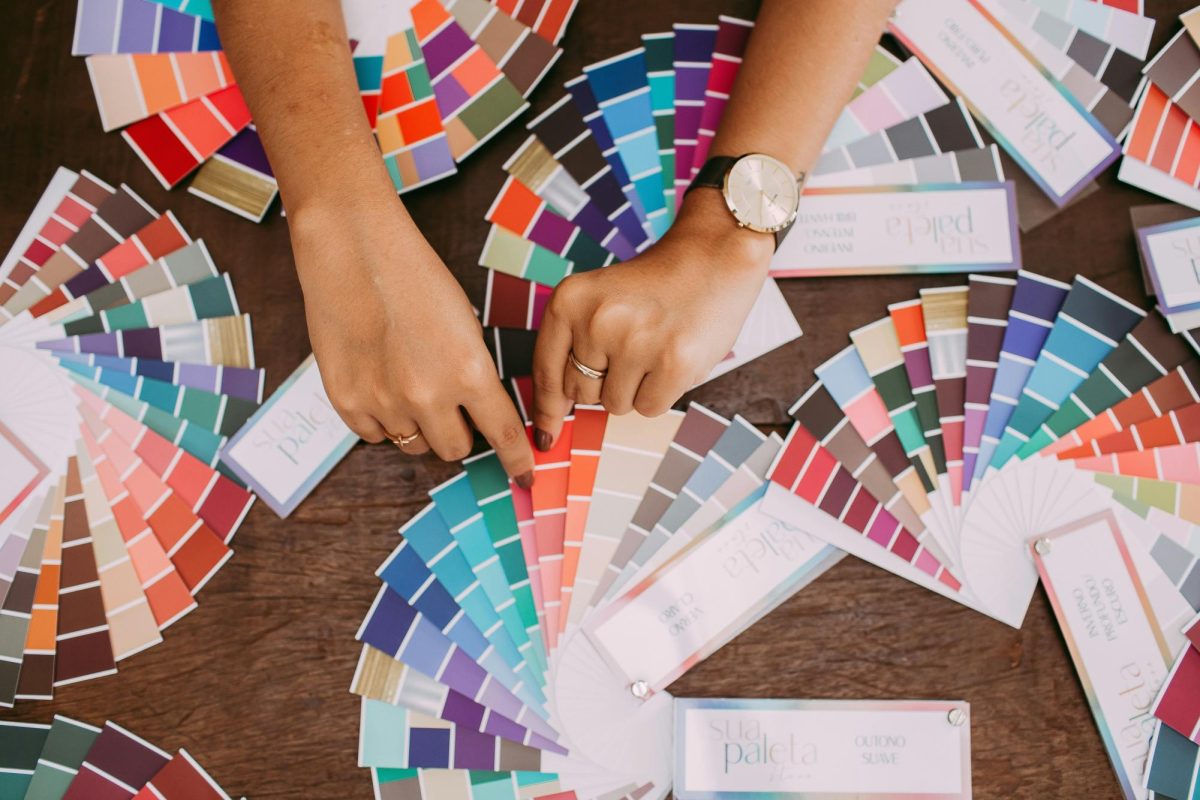Imagine your room, your mind, your life, with only what matters. Minimalism embodies this ideal. Minimalism is the idea of having less in our lives, defined as the style or technique characterized by extreme spareness and simplicity. This style became popular in the 60s and 70s, originating with art and later evolving into a whole lifestyle. Today, we know minimalism by the image of Pinterest-friendly rooms with off-white walls, decorated with cream colored furniture and maybe, if you’re lucky, a houseplant’s pop of green. The lifestyle can have many benefits, including mental health improvements, saving money, and environmental benefits.
Overconsumption is in many ways the opposite. Overconsumption promotes having more. The term became popular on TikTok and other social media platforms to describe a new era of social media- the advertising era. Overconsumption at the individual scale is defined as the excessive use of resources and goods beyond what is necessary for personal or societal needs. In this article, I’ll mainly focus on overconsumption as a term for people buying, generally, many more products than they need, regarding trends. Overconsumption, for example, is influencers doing weekly Shein hauls with dozens of new clothes and accessories they definitely don’t need.
While the two are opposites in many respects, their perception is very different. Minimalism is often promoted as a lifestyle to aspire to. The central principles of minimalism appeal to many in various ways. The “less is more” philosophy and idea of decluttering your life is very attractive to many online and is often idealized.
Comparing this to the public perception of overconsumption, you’ll notice something. Overconsumption is not looked upon favorably at all, maybe for good reason. Overconsumption results from effective marketing and influencing people, and is very disliked as a concept. It is often the byproduct of another aesthetic, trend, or societal shift. Overconsumption is never the goal for people, whereas minimalism may be.
In recent years, overconsumption has become more and more of a problem. Advertisers have been using marketing practices for decades to attract people to buy more and more products, so why is there such a significant shift now? The change here is social media. We are entering an era of social media consumed by advertising and products. Overconsumption in this form has recently coined the term ‘Haul Culture’, inspired by online influencers doing hauls, showing off their new merchandise.
Consumers, scrolling through their social media, have no choice but to be exposed to this type of content, often without realizing they are being advertised to. Influencer ads and sponsorships are usually more effective than other forms of marketing because of the parasocial relationships created between viewers and content creators. Social media pages can be comfort spaces for people, so they are much more vulnerable to being advertised to.
Often, influencers fail to disclose sponsorships with companies. Viewers may see their favorite influencers raving about a new trendy gadget, trust their review, and go out to buy it. Little do they know, the influencer likely got paid generously for making that video. This results in advertising being much more effective than before, and more people buying. These ghost sponsorships pose a massive problem for children online. Children cannot tell the difference between ads and content at a young age. Influencers promoting products as well as creating content exacerbate this.
Overconsumption also has detrimental impacts on the environment, with most trendy items being thrown into landfills once the trend is over. It promotes plastic usage and supports factory emissions in the creation of products.
With more people realizing the impacts of overconsumption, the concept is becoming generally more and more disliked. People tend to disapprove of overconsumption as a concept, and this is where the newest social media trend comes into play: ‘Underconsumption Core’. This trend has exploded lately with social media users posting videos of heavily used or recycled products, meant to discourage viewers from buying things they don’t need.
With the Underconsumption Core trend, minimalism could be making a comeback online. But is this a long-term solution? The fact that minimalism in the form of underconsumption is treated like a trend is already a problem. It implies that people simply reuse their things and lead simpler lifestyles as a trend. In a few weeks, a new viral makeup product or fashion accessory will be the next trend. The Underconsumption Core and minimalist lifestyle will be forgotten, and overconsumption will reign supreme again.
Any attempt to oppose overconsumption in the form of a trend is doomed to fail. Overconsumption is a societal issue and must be dealt with over time to be genuinely effective in the long term. While it may seem hopeless to take action against overconsumption, there are many things you can do to combat it. Start with recognizing the influencer position and being critical of influencers doing reviews and hauls.
You can also take small steps towards minimalism. Minimalism doesn’t have to be an extreme change, but try to make subtle changes in your life. Before buying something online, stop for a second to ask yourself why you are buying it and if you really want it or not. Before throwing something away, consider donating or recycling. In small ways, we can all help prevent overconsumption and lead more minimalist lifestyles.







